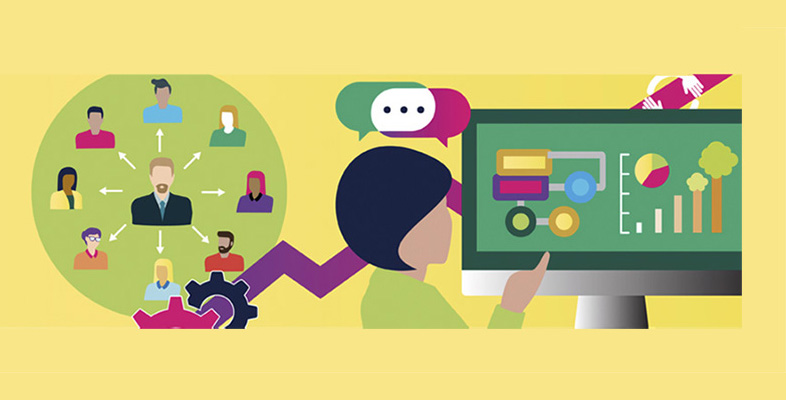7.3 How much secondary data will you need for your change management project?
By now, you might be wondering how much secondary data you will need to collect for your change management project. Well, the answer very much depends on your project objectives, the size of the organisation and how easy it is for you to access the required data.

It is very difficult to recommend how much and the type of secondary data you will need to collect, but the amount should be significant enough to ensure you can draw some meaningful conclusions and recommendations. For example, a project exploring a performance management improvement issue in a public sector organisation collected the following secondary data from the agency’s database and external sources:
- 41 strategy documents within the strategic timeframe
- 20 external documents, such as media reports and news coverage
- 30 documents relating to the annual report from the database.
Although secondary data can offer valuable information, you are encouraged to collect primary data in parallel, if it is appropriate for your chosen work problem. For example, you may conduct interviews, create questionnaires or make observations to fully explore your questions and draw meaningful conclusions.
Additionally, the same question may be explored by different researchers in a very different way and with a varying amount of data, reaching different conclusions. As a researcher you will probably know when you have enough information to answer your question or address your problem.
Activity 10 Using secondary data in your change project
Providing a straightforward answer as to how much secondary data you will need for your change project is not easy, so hearing experiences from others who have used secondary data may be useful.
In Video 2, you will hear from three people reflecting on the role secondary data had in their change management projects, which were part of their MBA projects at The Open University. Watch the video and then answer the questions that follow.

Transcript: Video 2 The role of secondary data in your MBA project
- What types of secondary data did they collect for their project?
- Was the source of the data internal or external?
- How was the data used in, or applied to, their change project?
Discussion
You may have noticed that the sources of secondary data available to you are numerous and varied. You may take a ‘wider world view’ through collating secondary information on the organisation’s competitors and customers. This ‘macro-environmental’ approach not only provides you with useful data but also provides a context for the improvements to the organisation and therefore evidence for justification of the project.
Internal secondary data is often more readily available than external sources, but it may be confidential or commercially sensitive, so making sure you have clearance for its use is imperative.
The secondary data you collect can be applied in a variety of ways. The obvious use of the data is to provide evidence to inform your change project and guide you in the next steps. Secondary data can also be used to conduct an audit of the organisation’s position in the market, for example, thus providing further evidence for change.
